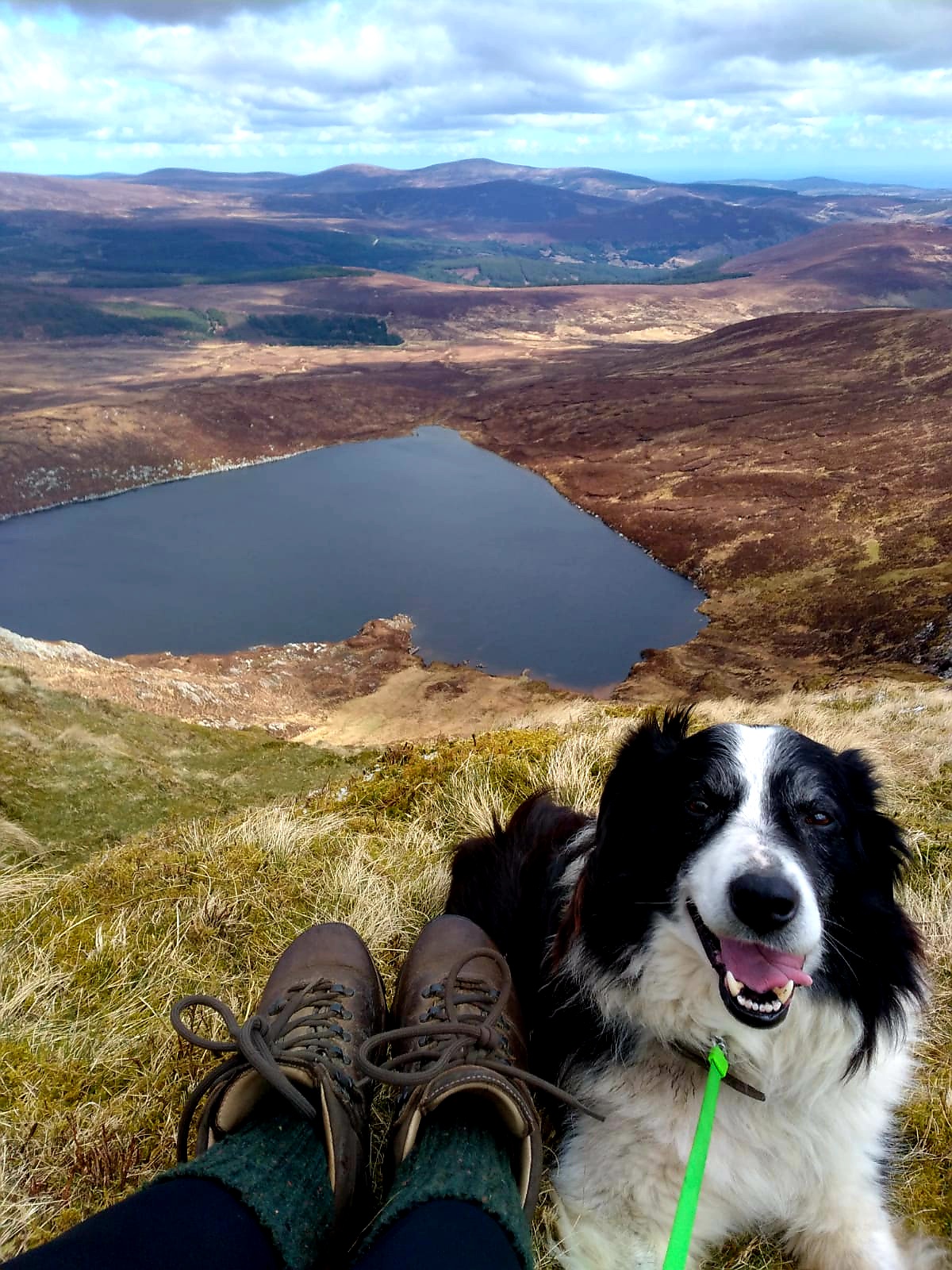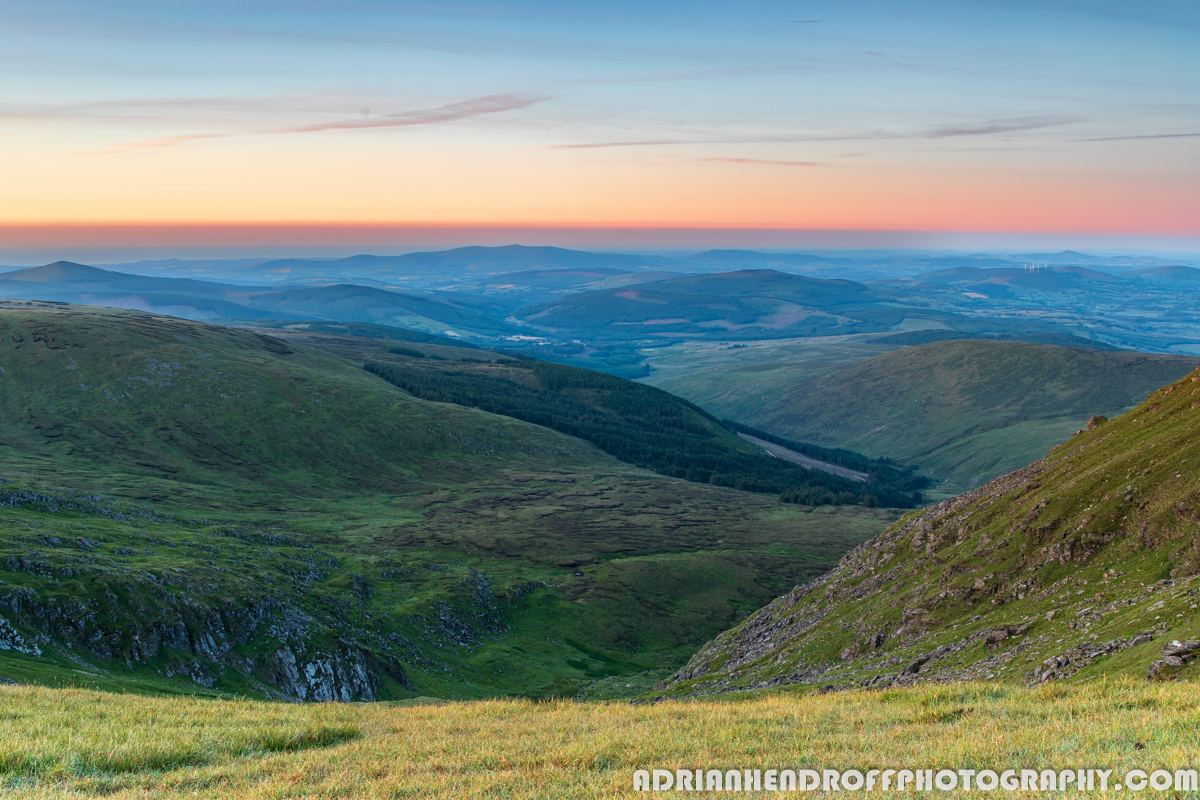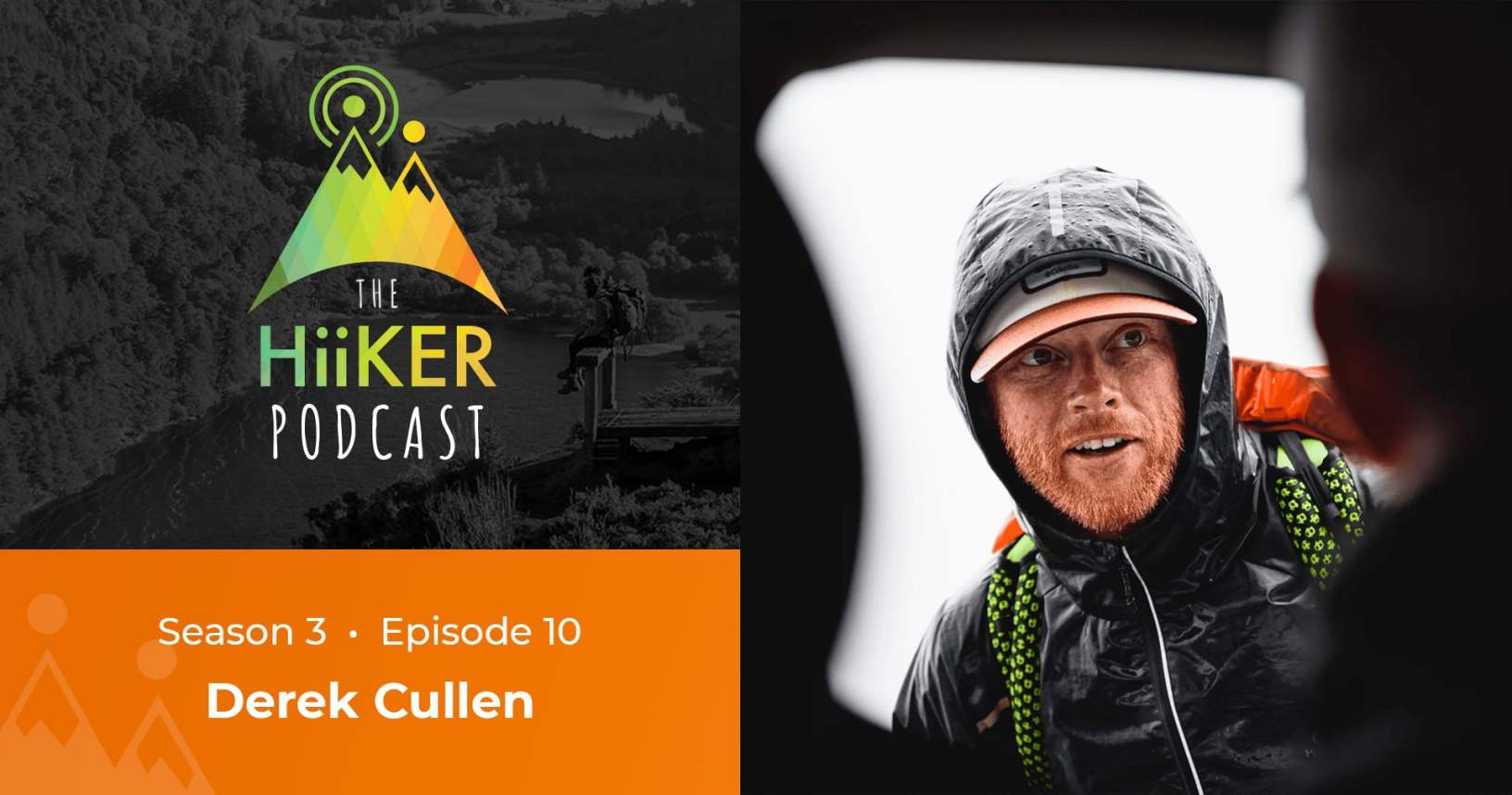Best flora and fauna hiking trails in Ireland
Want to walk through a rainbow of blooms? These trails are perfect for wildflower viewing, where every step is surrounded by vibrant colors and the sweet scent of nature.
Here are some great trails to explore in Ireland.
Most popular trails
Reviews for flora and fauna hiking trails in Ireland

Gillian Lupton · reviewed over 4 years ago
Love this loop looking down on Coumshingaun. Steep climb to begin with but once up to the height it’s all easy going. Can be treacherous in places so footwear with good grip is needed and take extra care in wet or cloudy weather. Bit of scrambling at times too. Has become very popular so get there early if going at the weekend. Parking for about 15 cars in the car park.

Lough Ouler and Tonelagee Loop
Hannah · reviewed almost 3 years ago
Definitely helps to have hiking boots, was very muddy underfoot for much of the trail. My poor friend fell several times in a pair of regular runners. Took us about 4 hours, with a 20 min lunch stop and we did a good bit of the start through thick undergrowth which I'm sure added a few minutes. Saw plenty of people with dogs on the trail. We did the trail in the opposite direction than indicated and enjoyed the riverside walk at the end, which is a nice relaxing way to end the hike

Lugnaquilla and Arts Lough Circular
ThomasKelly · reviewed 3 months ago
It's a good hike even if there is occasional low clouds, the trails are fairly easy to follow. When you are descending and come to a sign saying that the zig zag trail is closed (due to an assault on a farmer) take the trail to the left of the sign( this takes you down the Arts Lough descent). The Arts Lough route is not closed to anyone.

Wicklow Way JB Malone to Djouce
eoin hamilton · reviewed almost 2 years ago
some of the best views in Wicklow

Natasha Isabelle · reviewed over 4 years ago
Easy to follow - Interesting trail with a combination of forestry tracks, open moorland path and country lanes. Great views over to Dublin City, Dublin Bay and Wicklow mountains. Worst bit was the last km or so on quite a busy road, felt a little unsafe with no path.
Frequently asked questions for hiking trails in Ireland

Autumn (September to November) brings cooler temperatures and an increase in rainfall. However, it can be a beautiful time to hike in Ireland, as the landscapes transform with vibrant autumn colors. The weather can be unpredictable, so check forecasts and plan accordingly. Spring (March to May) offers similar conditions, with cool temperatures and occasional showers. It's a quieter time to explore the trails, and you can witness the country's lush vegetation come to life.
Winter (December to February) can be challenging for hikers due to shorter daylight hours, colder temperatures, and more frequent rain. However, some enthusiasts still enjoy winter hiking in Ireland, taking advantage of fewer crowds and the unique beauty of frost-covered landscapes. Safety is paramount during this season, so ensure you have appropriate gear and check local conditions before embarking on your adventure.
For more detailed climate information and to plan your hiking trips accordingly, you can visit Met Éireann, Ireland's National Meteorological Service: https://www.met.ie/
Remember to always prioritize safety and be prepared for changes in weather conditions, regardless of the season.




To learn more about Ireland's flora and identify specific species, resources like the National Biodiversity Data Centre provide valuable information and interactive guides: https://biodiversityireland.ie. Remember to respect and protect the natural environment by not picking or damaging any plants you encounter during your hikes, ensuring that future hikers can appreciate Ireland's diverse flora.

Related articles
More trails in Ireland
by difficulty
by type















